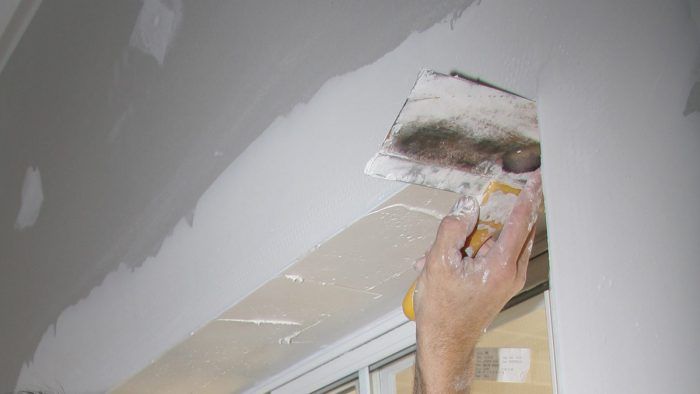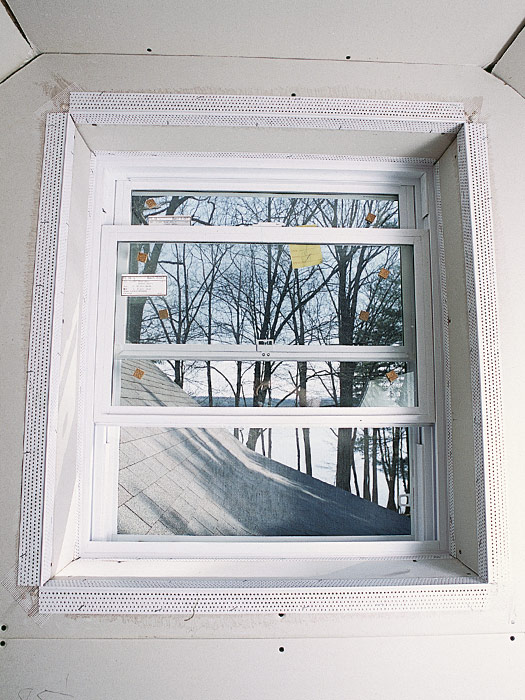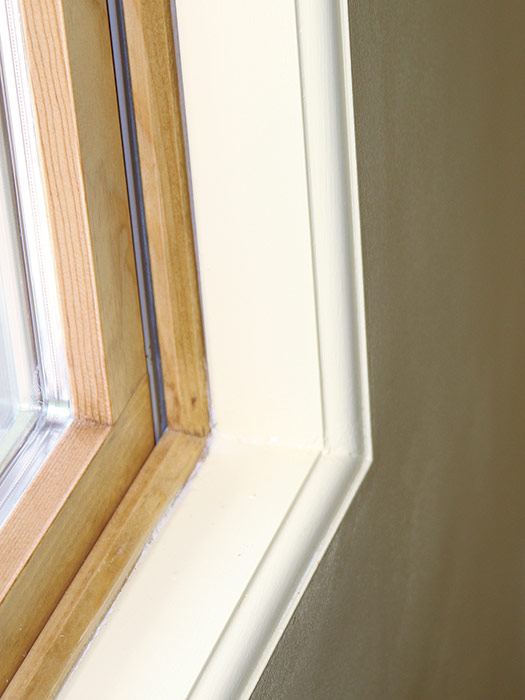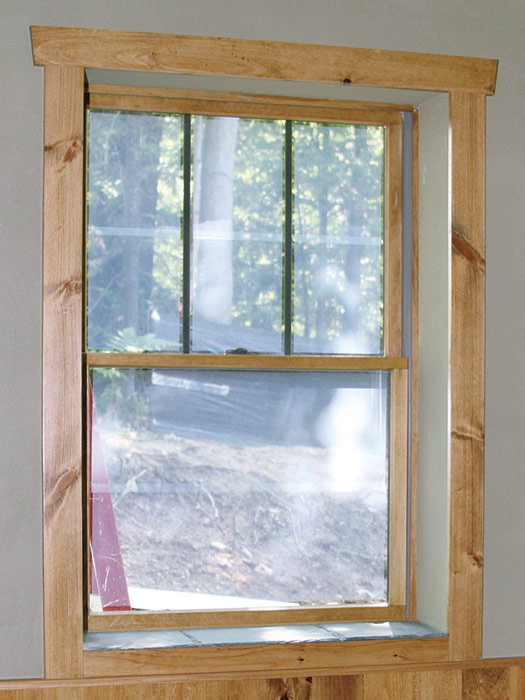Wrapping Window Buildouts
Use drywall and corner beads around deep-set windows for a nice clean look and an affordable alternative to extension jambs.

Sometimes, windows (and doors) are recessed. Rather than install extension jambs or even trim, you can drywall these areas and install corner bead. Attach drywall to the recessed surfaces, making sure you use a sufficient number of fasteners, especially if you will be using a mud or glue-on bead. If you cut the drywall straight enough and smooth the edge, you won’t need to tape against the window frame—either flat-tape or install L-bead. If the gap is narrow enough, flexible caulk may be all that is necessary.
The drywall serves as the extension jamb as a less expensive alternative to wood on windows. A corner bead can then be attached to the outside corners. You can use a square-edged bead, but for a more decorative look there is a wide variety of options: bullnose bead, chamfered bead, and even a stepped-back bead that looks like a custom routed edge.
Another option is to use drywall as the jambs, finish the edge with a square-edge bead, paint the jambs, and then trim the opening with casing. For deep-set windows, you can use tile or slate for the sill.
Here is the correct sequence for wrapping a window:
- Before hanging the drywall on the walls, make sure to shim out the edges of the rough opening so that when the 1/2-in. drywall is attached as the window jambs it will be straight and square.
- Hang the drywall on the walls and trim the drywall cleanly around the window opening.
- Rip the strips of drywall and attach along the edges up to the window frame.
- If you are using an L-bead, don’t fit the drywall tight. Leave a 1/8-in. gap so that the L-bead can slip in tight to the window. Using an L-bead eliminates the need for caulking, and it also creates a barrier between the window frame and the drywall edge.
- Attach your bead of choice and finish-tape.
- Prime and paint and you are done. Or you can trim the opening with wood casing.








